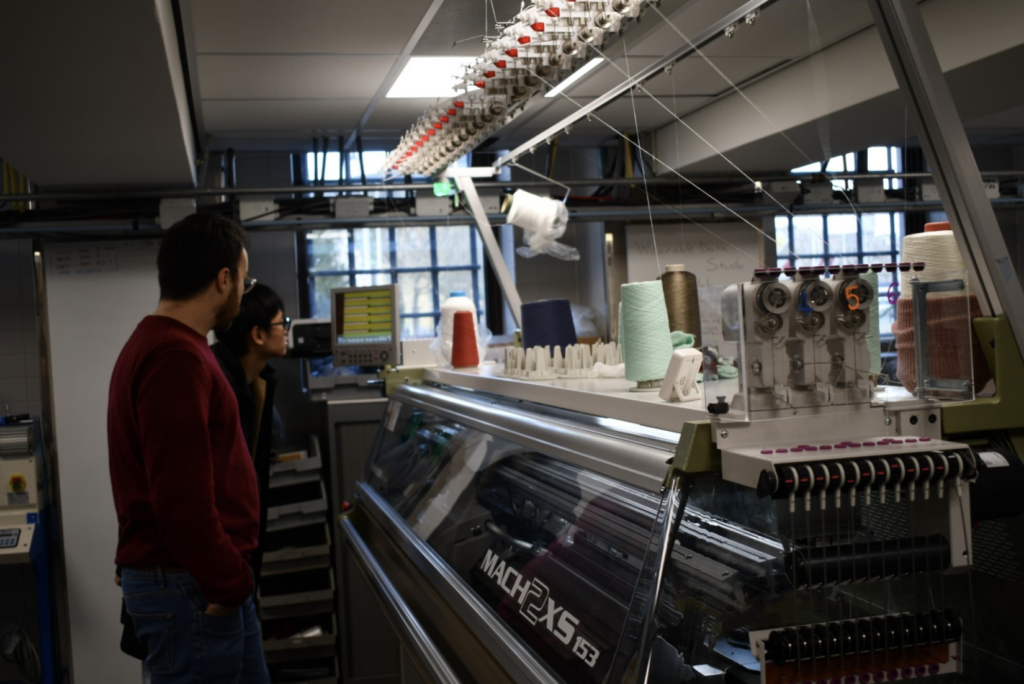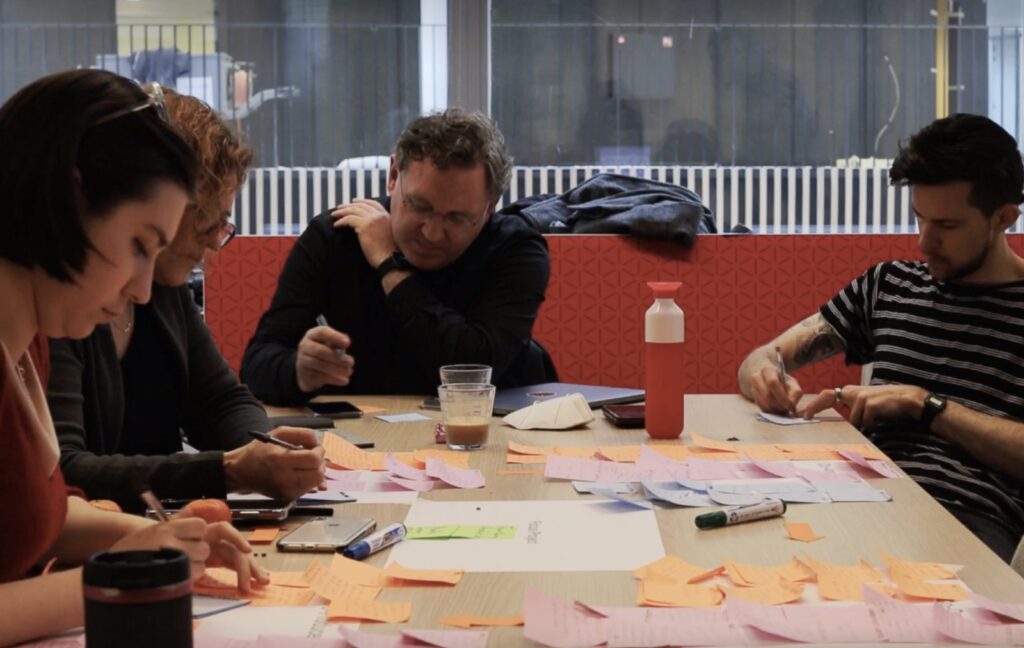Theme
Computational Fashion Design
Computational fashion design is the use of computer software and technology to create sustainable fashion products. By using these tools, designers can explore and experiment with a wide range of materials and design possibilities while minimizing waste and reducing the environmental impact of the fashion industry. Computational fashion design is an important step towards a more sustainable and eco-friendly fashion industry.

What do we work on?
We aim to reduce waste in the full lifecycle of the fashion industry. We do this by helping fashion companies to steer towards alternative business models, and by creating awareness to consumers about the actual footprint of the products they buy and wear.
We create games, platforms and installations that help people to look for alternatives. Sometimes it’s confronting and often it demands behaviour change.
- “Zero Waste Pattern Generator: Optimizing material usage in fashion”
- “Digital Prototyping Studio: 3D modelling for sustainable fashion”
- “Fashion Sustainability App: Educating consumers on eco-friendly choices”
Other themes we work on
DIGITAL MONITORING FOR SUSTAINABILITY
Digital Monitoring for Sustainability involves using digital technologies to monitor and evaluate progress towards SDGs. Using a range of digital tools to collect, analyze and visualize data on sustainability indicators such as climate change, biodiversity, and social equity. By enabling real-time monitoring and reporting, we can support and enhance transparency and accountability in sustainability efforts.
DIGITAL ACTIVATION OF HEALTH & WELLBEING
Digital activation of health and wellbeing refers to the use of digital technologies, such as mobile apps, wearables, and online platforms, to promote and support healthy behaviors and lifestyles and spark dialogues between the people who use them.
DESIGNING REGENERATIVE CITIES
Regenerative city design focuses on creating sustainable systems that enable cities to thrive while also contributing to the health and wellbeing of the planet and its inhabitants. This involves integrating natural systems into urban design, promoting renewable energy sources, supporting local food systems, and fostering social connections and community engagement. By prioritising regenerative practices, cities can become more resilient, adaptable, and thriving for current and future generations.




